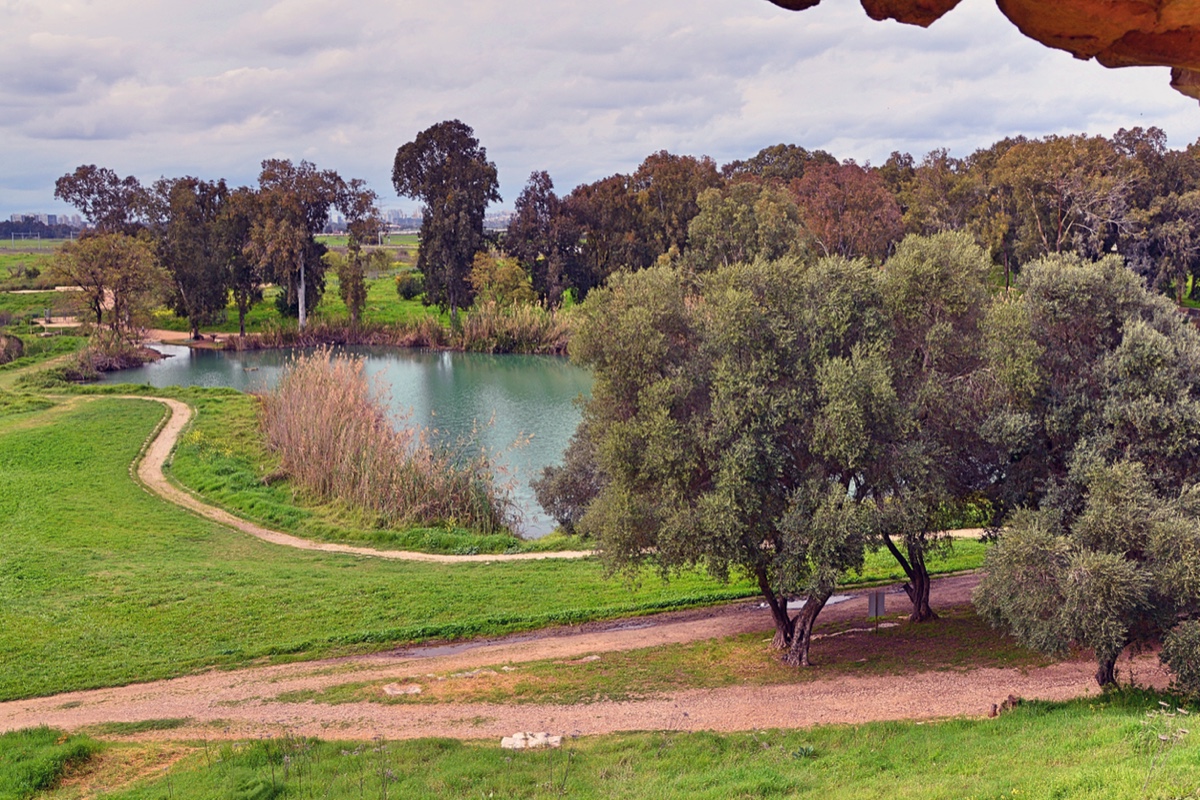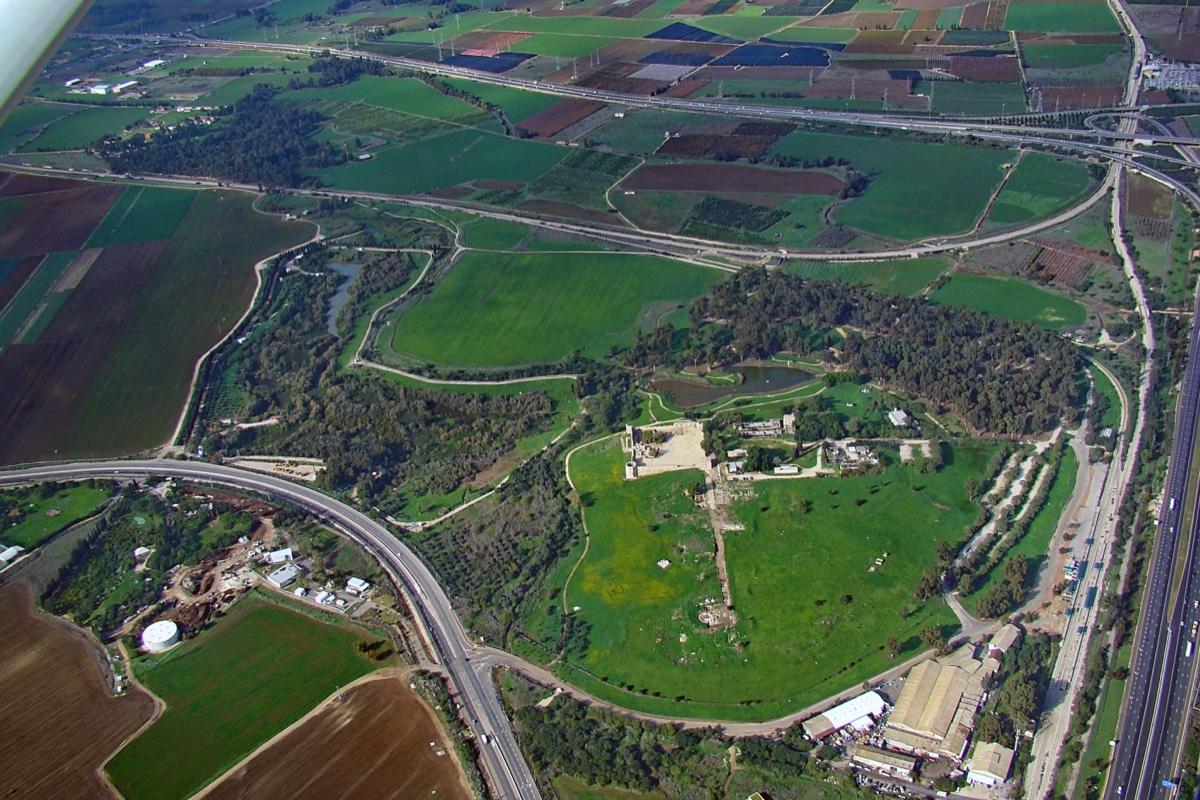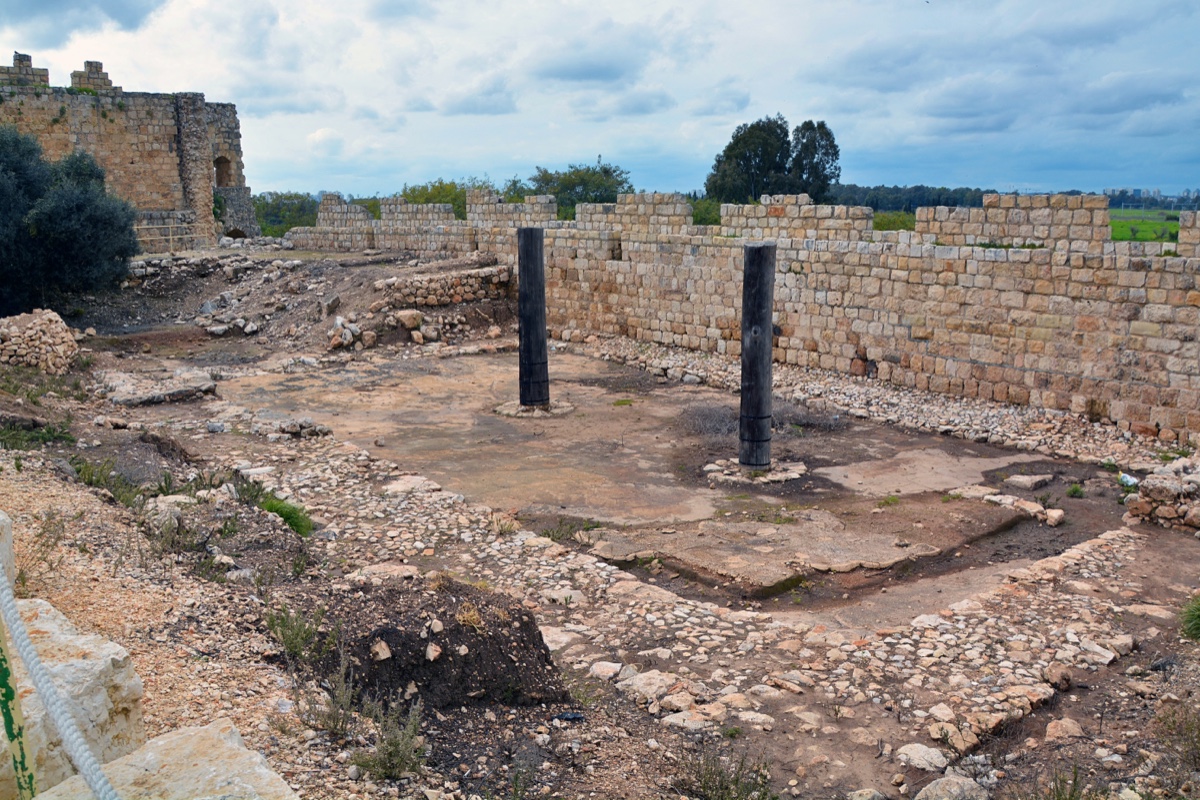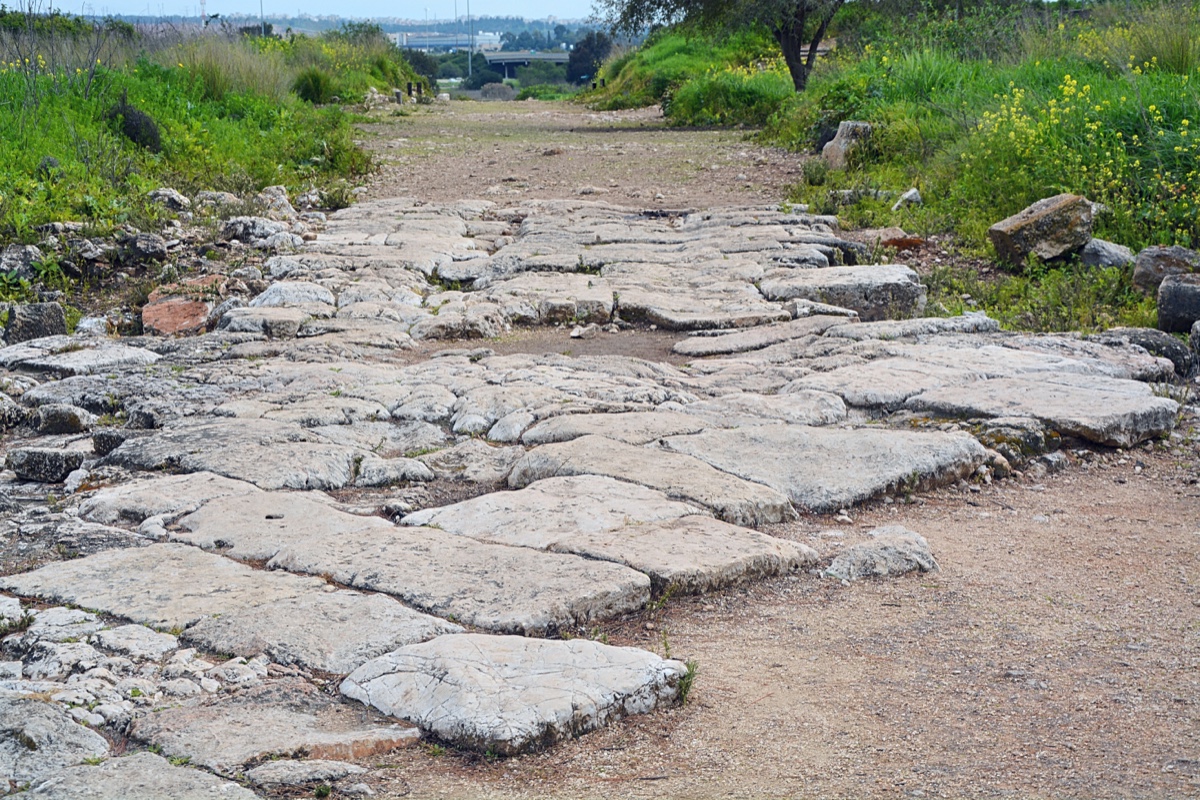By Leon Mauldin
Synopsis: Aphek was the site of the Philistine encampment when the ark of God was taken; it became Antipatris in Roman times and was a stopping point for Paul’s military escort to Caesarea.
Some biblical sites are unique to the Old Testament, while others are mentioned only in the New Testament. Aphek is a location referenced in both. Aphek was important as a Canaanite site. The earliest remains date back to the Early Bronze Age. It was an important station on the Via Maris. It is included in the list of Pharaoh Tuthmosis III (who reigned 1479-1425 BC). Aphek’s king was one of the thirty-one rulers of Canaan that Joshua defeated during the Conquest (Josh. 12:18). During the Intertestamental Period, it was conquered by John Hyrcanus I. Then in Roman times, Herod the Great rebuilt the city, naming it Antipatris after his father, Antipater.
Aphek is mentioned in 1 Samuel 4:1 as the position of the Philistine camp as they prepared for battle against Israel. This was in the period of the Judges, in the last days of Eli’s tenure as High Priest and Judge of Israel. Israel was defeated soundly in two back-to-back battles in this area (1 Sam. 4:2, 10); tragically, the ark of God was taken by the Philistines after Israel’s second defeat (1 Sam. 4:11). Our aerial photo shows Aphek at bottom and left; the view is from the south. As you look to the north, you are seeing the Sharon plain. The modern highway at this point is following the route of the ancient Via Maris.
Aphek is located at modern Tell Ras elʹ Ain. Here is the source of the Yarkon River as seen in our photo. Additionally, the remains of a Canaanite temple can still be seen.
In the New Testament, this location was known as Antipatris. When the Roman commander, Claudius Lysias, became aware of an assassination plot (by more than forty conspirators) to kill the apostle Paul in Jerusalem (the plot being revealed by Paul’s nephew), he acted decisively. He ordered a military escort of Paul to Caesarea (Acts 23:13-33). This was for Paul’s own protection. Because Paul was a Roman citizen, Claudius Lysias felt keenly responsible for his safety. Accordingly, the commander was very thorough: two centurions were commanded to prepare 200 soldiers, 200 spearmen, and seventy horsemen (the three primary elements of the Roman army). That’s a total of 470 soldiers to guard and safely escort one prisoner! It certainly demonstrates how seriously Lysias took the threat. The Roman militia departed at 9:00 p.m. (Acts 23:23). Mounts (horses) were provided for Paul to ride (v. 24). On the way to Caesarea, the governor’s residence, they went through Antipatris: “Then the soldiers, as they were commanded, took Paul and brought him by night to Antipatris” (v. 31). The next day, the horsemen went on with Paul to his destination at Caesarea, whereas the soldiers returned to the barracks at Jerusalem (v. 32).
This escape from the plot to kill Paul is, no doubt, another instance of the overruling providence of God! It is one of the many occasions when God delivered him from what otherwise would have been certain death.
Paul would remain a prisoner at Caesarea for two years, at which time he would begin his voyage to Rome, but that’s for another study.


Image-1 Caption: River Yarkon Source © Leon Mauldin

Image-2 Caption: Aerial View of Aphek/Antipatris (center-right) © Leon Mauldin

Image-3 Caption: Canaanite Temple Remains © Leon Mauldin

Image-4 Caption: Roman Road Leading Out of Aphek © Leon Mauldin

